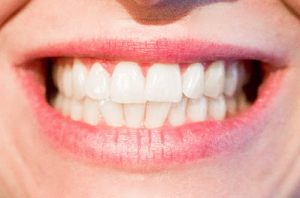Two common dental restorations
Two common dental restorations
There are Two common dental restorations, fillings and veneers.
Fillings.
There are two main types of tooth fillings: composite resins and dental amalgams.
Composite resins, or tooth-colored fillings, are made from a mixture of glass or quartz filler. They provide good durability and resistance to fracture, making them a good choice for small- to mid-size fillings that need to withstand moderate pressure from chewing. Composite resins can be used on either front or back teeth.
Dental amalgams, sometimes described as “silver-colored” fillings, are made from a combination of metals that include mercury, silver, tin, and copper. Dental amalgam has been used for generations by dentists due to its durability. However, tooth-colored materials are more natural looking.
Gold fillings, also called inlays or onlays, are composed of an alloy of gold, copper and other metals. Gold has been used in dentistry for more than 1,000 years.
We use fillings to repair holes or cavities in teeth caused by tooth decay. Dental fillings are typically strong, but can break if you use a high biting force, like chewing ice. If there is a slight separation between the filling and tooth, bacteria can fill the gap and decay the tooth
To prevent this, practice oral hygiene daily to clean away bacteria and anything else stuck in your teeth. Stay away from sugar because sugar is the main fuel for bacteria.
Veneers.
If you’re looking for a way to improve the appearance of your teeth, veneers might be a good option for you. Veneers are thin, custom-made shells made from tooth-colored materials that can cover up stained, chipped, decayed or crooked teeth. They’re usually created by a dental technician in a dental lab, working from a model provided by your dentist. Placing veneers is usually an irreversible process because some enamel will need to be removed from your tooth to make room for the shell. However, many people feel that the results are more than worth it. Your dentist may recommend avoiding certain foods and beverages that could stain or discolor your veneers, such as coffee, tea or red wine. And while occasionally a veneer might chip or fracture, overall they can provide you with a much improved smile.
Veneers are bonded to the front of your teeth. Typically used to mask chips, stains, gaps or other blemishes, veneers are strong but not invincible. Nail biting, ice chewing or teeth grinding can cause a chipped veneer.
To protect your veneers, avoid habits that can cause a chipped veneer, and seek treatment for teeth grinding.
